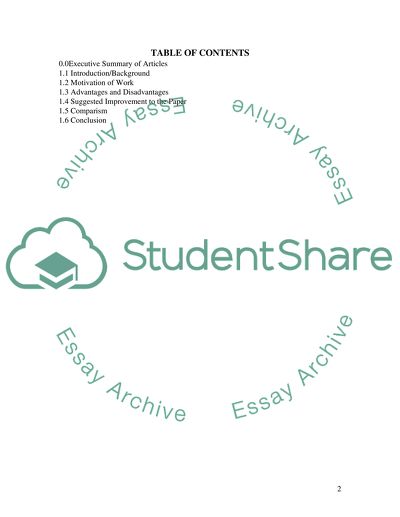Cite this document
(“A Review/ Critique of the paper Real strategies for virtual organizing Essay”, n.d.)
A Review/ Critique of the paper Real strategies for virtual organizing Essay. Retrieved from https://studentshare.org/miscellaneous/1551979-a-review-critique-of-the-paper-real-strategies-for-virtual-organizing-by-n-venkatraman-and-john-c-henderson-sloan-management-review-paper
A Review/ Critique of the paper Real strategies for virtual organizing Essay. Retrieved from https://studentshare.org/miscellaneous/1551979-a-review-critique-of-the-paper-real-strategies-for-virtual-organizing-by-n-venkatraman-and-john-c-henderson-sloan-management-review-paper
(A Review/ Critique of the Paper Real Strategies for Virtual Organizing Essay)
A Review/ Critique of the Paper Real Strategies for Virtual Organizing Essay. https://studentshare.org/miscellaneous/1551979-a-review-critique-of-the-paper-real-strategies-for-virtual-organizing-by-n-venkatraman-and-john-c-henderson-sloan-management-review-paper.
A Review/ Critique of the Paper Real Strategies for Virtual Organizing Essay. https://studentshare.org/miscellaneous/1551979-a-review-critique-of-the-paper-real-strategies-for-virtual-organizing-by-n-venkatraman-and-john-c-henderson-sloan-management-review-paper.
“A Review/ Critique of the Paper Real Strategies for Virtual Organizing Essay”, n.d. https://studentshare.org/miscellaneous/1551979-a-review-critique-of-the-paper-real-strategies-for-virtual-organizing-by-n-venkatraman-and-john-c-henderson-sloan-management-review-paper.


